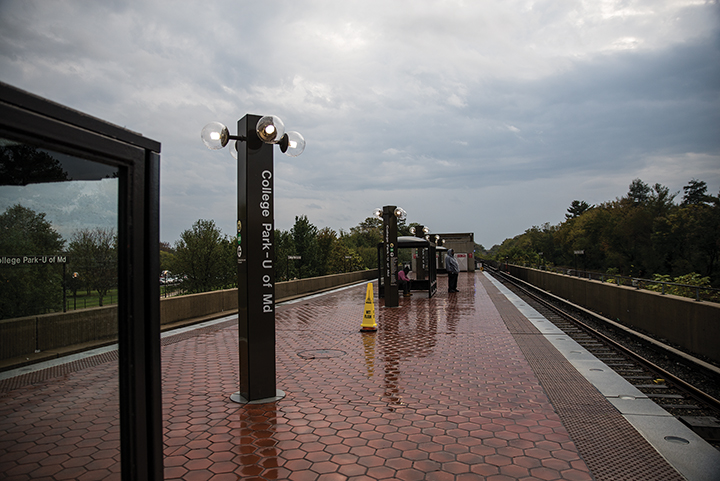The Prince George’s County Planning Department plans to replace the county’s zoning ordinance, making it more concise, consistent and economically friendly.
The department will release its comprehensive review draft for the zoning ordinance and subdivision regulations rewrite later this week. Its release will be among the final steps in the process of implementing new code in the county, said Chad Williams, project manager of the zoning rewrite team.
The county’s current 1,200-page zoning ordinance, written more than 50 years ago, is seen as “an impediment to economic growth” by the county, according to a presentation on the county’s zoning website.
“It does an okay job if you want to realize 1970s-style suburbs,” Williams said. “It does not do a very good job for urban locations and transit-oriented, mixed-used development.”
[Read more: Prince George’s County could generate $1.4 billion more — but isn’t, study says]
In the past 15 years, the county attempted to rewrite the ordinance twice, said Dannielle Glaros, Prince George’s County Council Vice Chair. The county council is taking a more deliberate approach this time around to make sure it receives more feedback from stakeholders and complete the rewrite, Glaros said.
College Park Planning Director Terry Schum said members of the city council want municipalities like College Park to have more of a say in the development review process. The city does not have its own planning and zoning authority, she added.
“College Park is one of the largest municipalities in the county, and we want to be heard during this process and we want our role to be clear,” she said.
The city “led the charge” for creating new zoning categories during the development of the Route 1 corridor, Schum said. Zoning categories for transit-oriented zones, such as the College Park Metro station, and mixed-use zones, such as Riverdale Park, did not exist when the ordinance was first written more than 50 years ago.
Williams said high-intensity mixed-use zones are appropriate for College Park, and the county planning department identified the city as a major economic incentive and educational partner for the county. The current zoning ordinance can’t respond adequately to new market opportunities, he said.
In addition to promoting economic development, Glaros said the zoning rewrite will make the ordinance more user-friendly for both residents and developers.
[Read more: Prince George’s County’s first Whole Foods opened Wednesday and it’s “kind of a big deal”]
By consolidating outdated, duplicative zone categories, the rewritten ordinance will be more clear and concise, Williams said. The new version proposes 43 zones, compared to the current ordinance’s 74.
It’s important for residents to understand the ordinance so they know what kinds of developments to expect in the county, Glaros said. The zoning ordinance also determines if homeowners want to build a fence or deck on their property, Williams said.
Because the ordinance had not received a comprehensive rewrite before now, some amendments have not been applied consistently across the county, Glaros said. The College Park and New Carrollton Metro stations have different design standards and expectations for parking and green building standards.
“That’s … what updating the code is about … making sure that we are encouraging revitalization to happen in our community, that it’s easy to understand for our public and that businesses can figure out how to do what they want to improve quality of life and amenities in our communities,” Glaros said.
The rewritten ordinance was drafted after more than 300 meetings with county stakeholders since the rewrite process began in 2014, he said. Further public comment on the review draft will be taken into account for the legislative draft. The draft is expected to be presented early 2018, and the county council will vote on it mid-2018.
“We have a lot of potential in the county that just hasn’t been fully realized over the years,” Williams said. “To take advantage of that potential, we believe we need a new zoning ordinance.”



